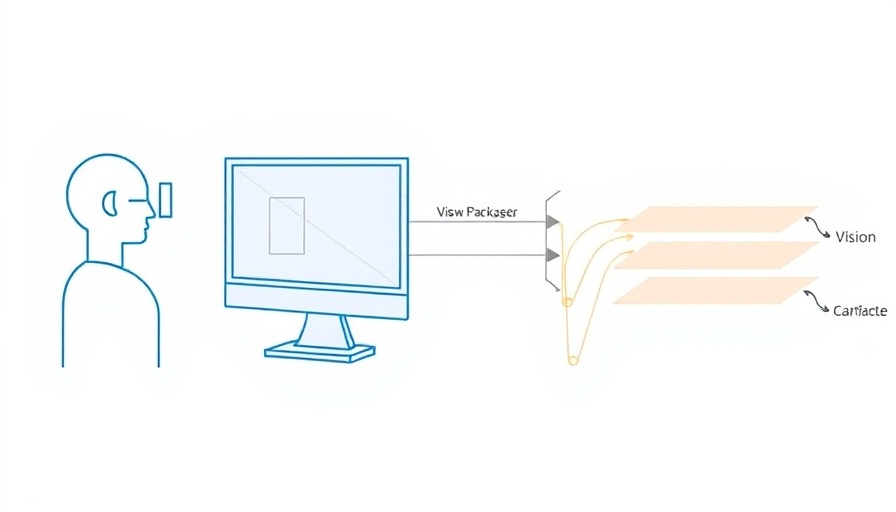
Unveiling the Power of Vision Transformers
In a groundbreaking study from the University of Osaka, researchers have explored the capabilities of vision transformers (ViTs), a novel type of deep learning model that specializes in image analysis. What sets this research apart is its demonstration that these AI models can develop human-like visual attention patterns even without explicit training. This breakthrough raises profound questions about the potential of machines to perceive the world similarly to humans.
The Mechanism of Visual Attention
Visual attention is a fundamental aspect of how both humans and AI process images. It allows organisms to filter out unnecessary visual information to focus on what truly matters. This study used a technique known as DINO, or self-distillation with no labels, which empowers models to learn and organize visual stimuli independently, without relying on annotated datasets. The results were astounding; the DINO-trained ViTs displayed gaze patterns that closely matched those of typically developing adults when exposed to dynamic video clips.
Insights from Eye-Tracking Comparisons
The researchers compared the gaze coordinates of human participants and the attention heads of the ViTs, revealing a remarkable similarity. The ViTs were not passively observing; instead, they exhibited structured gaze behavior. For example, one subset of the model was adept at focusing on faces, while another concentrated on the contours of figures, demonstrating an intricate understanding of scene segmentation. This parallels human visual processing and represents a significant leap in AI's ability to interpret visual scenes.
The Implications of Emergent Attention Patterns
Emerging from this research is a proposed extension of traditional perception models, suggesting a three-part approach that integrates the figure-background relationship. This indicates that machines could not only mimic human gaze but may also interpret visual scenes in a nuanced manner, recognizing the complexity between foreground and background elements.
Why This Matters to AI Development
For those involved in the fields of machine learning and artificial intelligence, understanding how ViTs can develop attention patterns autonomously opens new avenues for developing more sophisticated AI systems. This research not only enhances our understanding of AI's potential but also poses ethical questions about the degree to which machines can replicate human cognitive processes. As AI continues to evolve, exploring these boundaries becomes increasingly essential.
Future Opportunities and Considerations
The implications of this research extend beyond technology; they touch on philosophical inquiries regarding consciousness and understanding. As AI systems become more complex and human-like in their processing abilities, society will need to address the ethical and policy implications. How do we ensure that such advancements are used responsibly?
As we stand on the cusp of what AI can achieve, it's essential for technologists, ethicists, and policymakers to collaboratively shape the future of AI. Discovering how these systems can not only see but understand their visual world presents a unique opportunity for innovation and responsible development.
 Add Row
Add Row  Add
Add 




Write A Comment